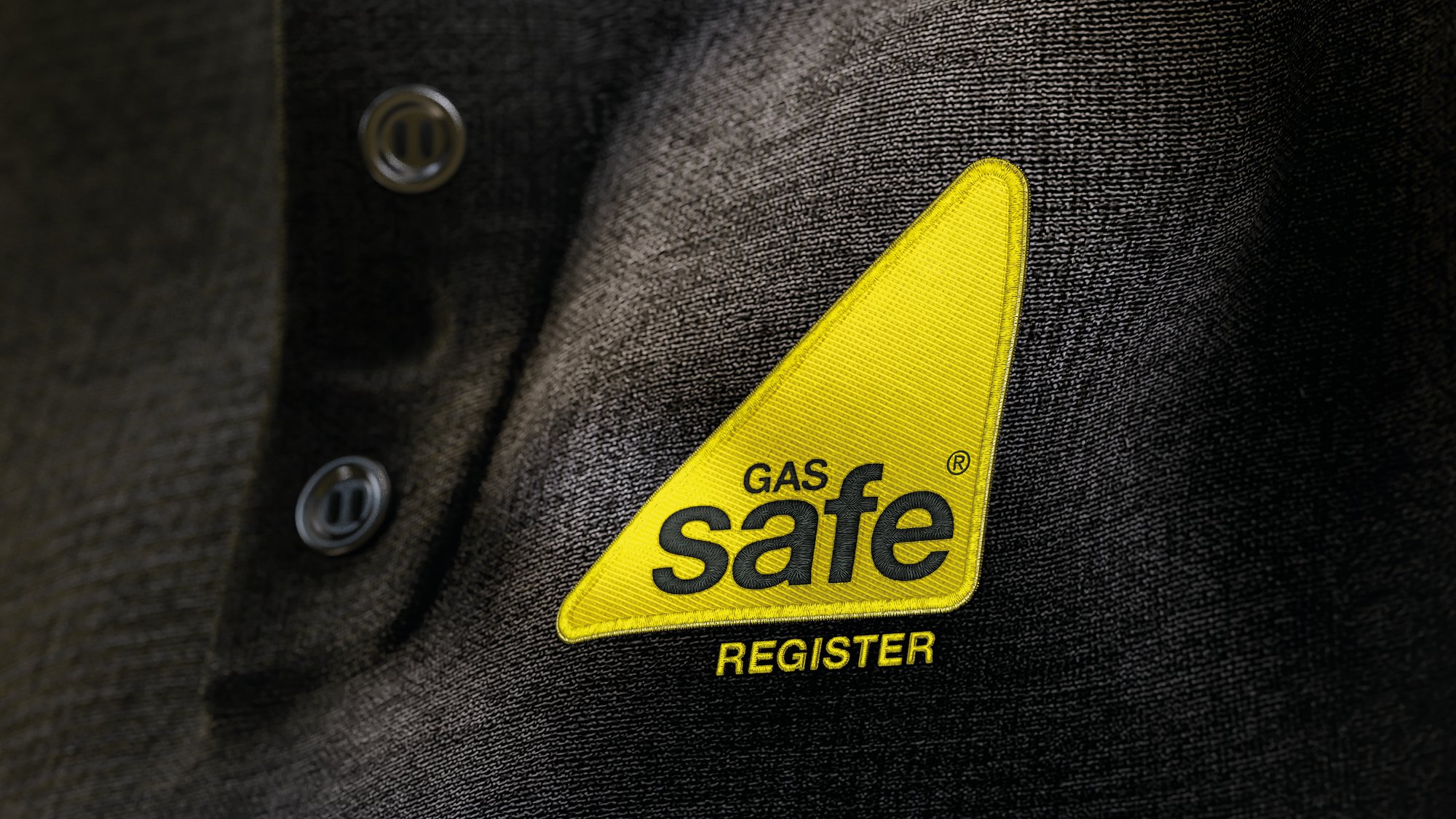How to make your website more sustainable

So, it turns out our website is too dirty.
As a result, I’ve planted six trees to offset against the carbon we’re using to power our site. One of our clients, Trees for Cities, is busy making our urban areas greener, it costs just £6 to plant a tree!
In these climate-focused times, it’s never been more important for a website to be focused, relevant and of value.
With this in mind, I’m going to make this page useful by sharing with you some of the things we’re doing to reduce our impact.
Last year, my colleague Kardo Ayoub looked out how we needed to improve in this blog. He highlighted some of the actions brands should consider when redesigning websites.
So what can you do with your existing website?
Here are few things to consider when you want to make your website more sustainable:
Review content
Is it worthwhile? Is it still relevant? Is it useful? If it no longer serves a purpose or is totally out-of-date, get rid of it.
Replace files
MP4s are notoriously heavy. WebM files are much better.You can slim down all those files by using a variety of open-source options. Handbrake compresses everything by 95% and improves loads times and carbon footprints.
Design for dark mode
This is more of a mid-term aim for us, but consider the amount of energy your users are consuming by loading all of that lovely white space.
But! Be sure to consider accessibility and contrast.As Lukas Opperman makes clear in his blog about designing for dark mode, while contrast can be achieved, dark mode can result in eye strain.
Green hosting
Make sure your site is hosted on servers that are run on clean energy. According to Siteefy 175 new websites are created every minute!
That’s over 250,000 new websites every day worldwide. … and yet 80% of the world’s websites are dormant. At some point servers will overtake the likes of air travel for the heaviest users of energy.
Choosing a provider like Kinsta means that you’ll know that your site is running on sustainable energy.
Use system fonts!
This is a big one for us as we’re aktively grotesk when it comes to the amount of energy our fonts use (typeface gag there for the design geeks.)
Using custom fontbooks tends to use up more energy than system fonts, which our machines more easily recognise. The fonts can be effectively managed to improve performance, but there’s a lot of skill involved.
That’s just a few things.
But first things first – just stop and question whether you need to produce the content? Do you need that moving image? Do you really?
It’s rather like asking the question – do I need to fly to go on holiday or get to that meeting? Or do I need that meat-based meal when the veggie version is kinder to plant (not to mention the animal)?
These are the sorts of questions brands like Moo-Air are asking.





